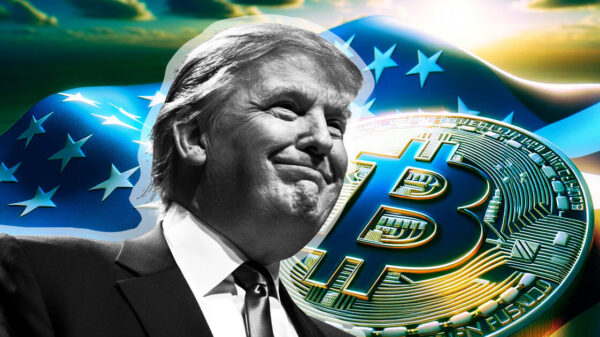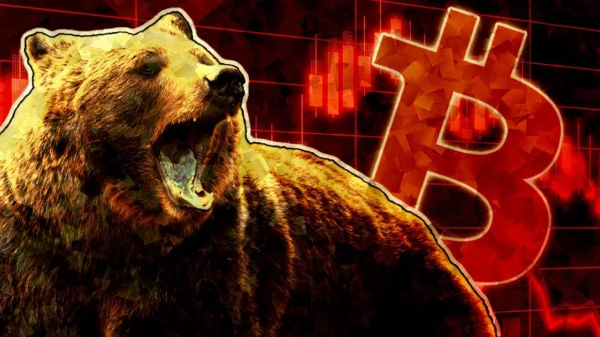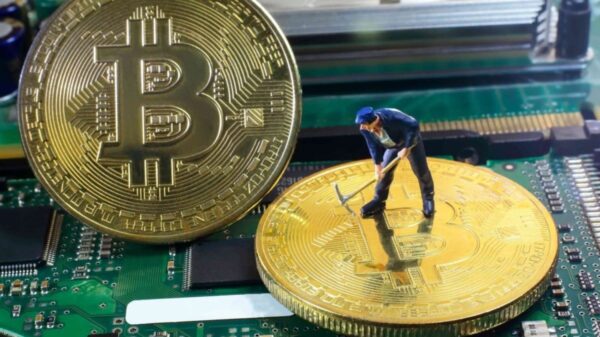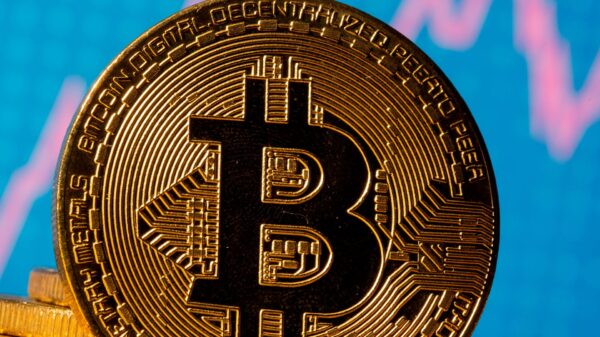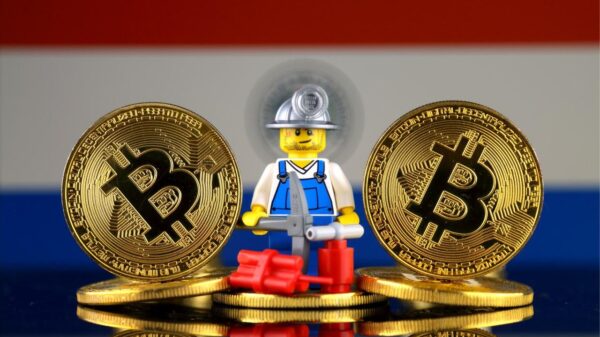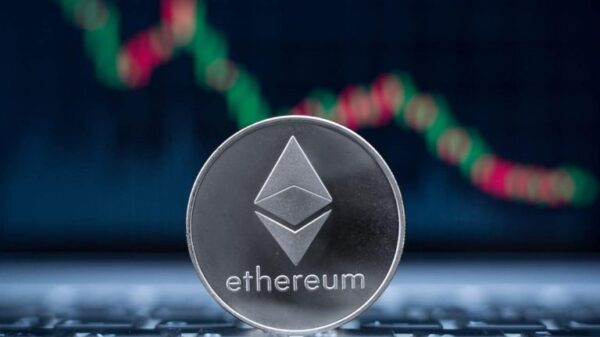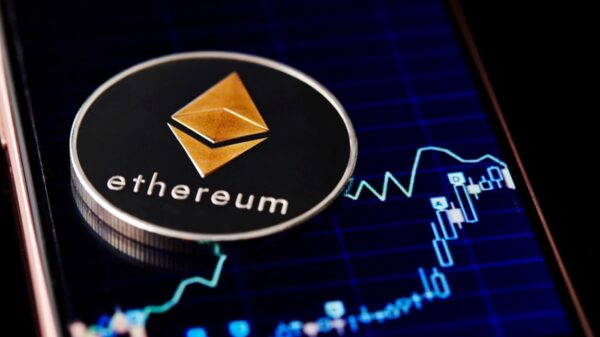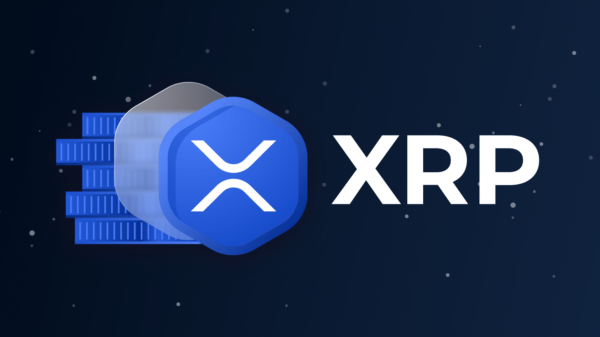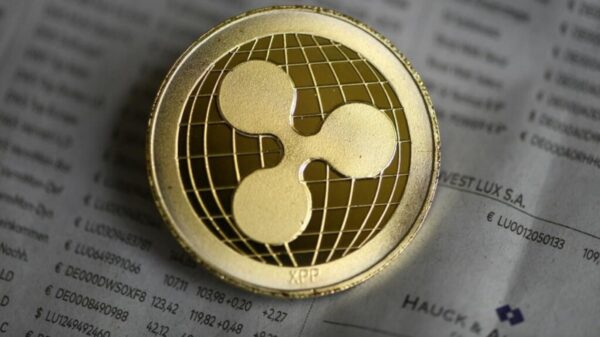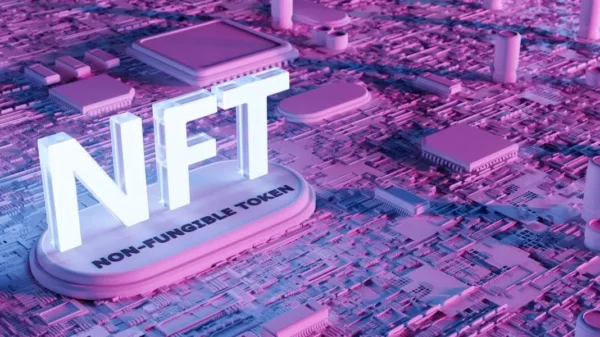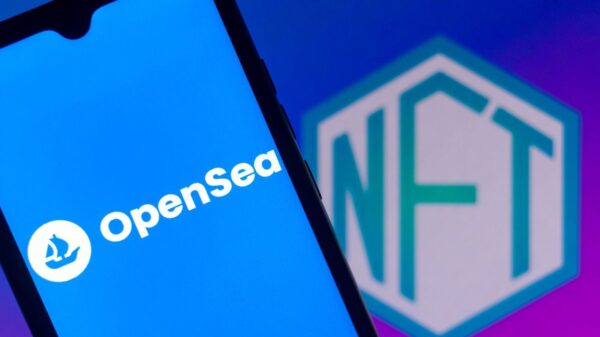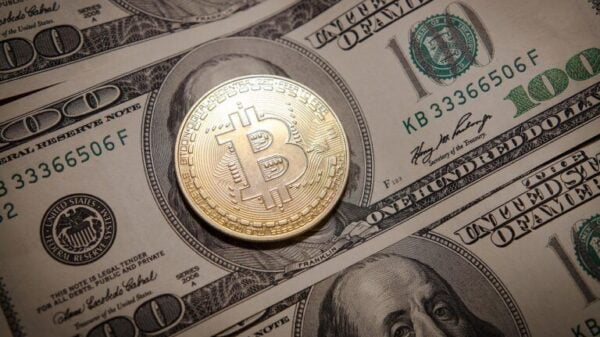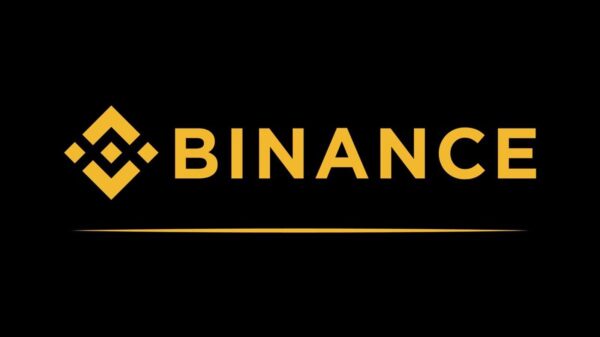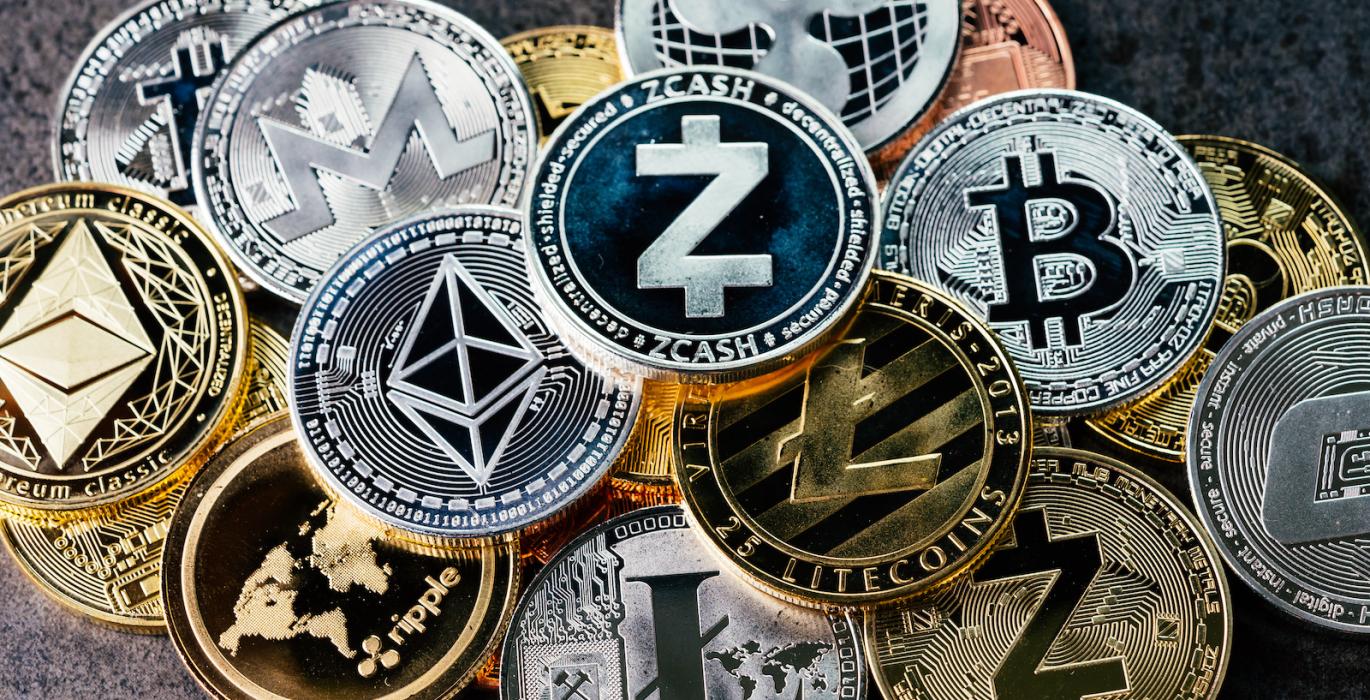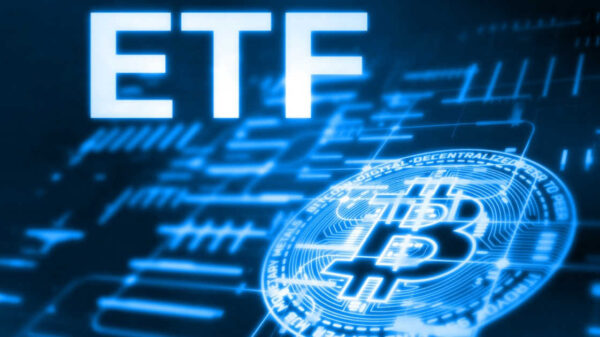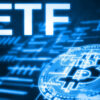Non-fungible tokens, or NFTs as they are typically called, have opened up a world of possibilities for artists and the creator economy as a whole. By enabling virtual ownership of digital items, NFTs have made it possible for anybody to commercialize what is now considered virtual goods.
Needless to say, the growing interest in the NFT space can be attributed to a variety of factors, the most obvious of which are hype and the unending desire to get rich quickly.
Even in the absence of actual data, multiple studies and market sentiments indicate that only a few adopters believe that NFTs have genuine utility beyond minting pricey JPEGs, which is often the focal point of the average NFT enthusiast.
However, the narrative is beginning to change after a series of dramatic twists and turns in the crypto space. Notably, more people are beginning to realize the illiquid nature of NFTs, which ultimately implies that they can not be exchanged for cash without a substantial loss. So, why is that?
Generally, as with traditional artwork, the value of an NFT is largely based on speculative properties, meaning that the value is relative, and based on the value attributed to it by others, or what someone is willing to pay for it.
Hence, while some popular collections like Beeple’s ‘Everyday: The First 5,000 Days,’ sold for more than $69 million at a Christie’s auction in March 2021, others sell below $100, even when they are creative, trendy, or deserving.
Sadly, the majority of people that come into the NFT space are largely unaware of this, and set about minting new items with unrealistically high expectations. Those hopes falter when an item is listed and fails to sell in the first 30 minutes as expected, or even 30 days after that, as the case may be.
The painful reality of NFTs is that no matter how high the floor price is, if the music stops and no one is willing to buy, their value will continue to fall. For instance, in March 2021, Jack Dorsey’s first tweet was converted into NFT and sold for a whopping $2.9 million, but just a year later, the same NFT was said to have lost more than 99% of its value after it was bid for at roughly $10,000. The current highest bid on OpenSea is less than $100—a far cry from its initial price.
Investors typically hunt for the rarest NFT collections, such as Bored Apes, CryptoPunks, and their likes, which are perceived to be high in demand and considerably more valuable than the bulk of NFTs sold online.
Given that many traders are becoming more aware of the illiquid nature of NFTs, the demand for such items has been in gradual decline. Indeed, Google Trend data revealed back in March that people were showing less interest in NFTs, as searches for the term “NFT” dropped massively coming into the new year.
Interestingly, while industry experts and skeptics have long envisaged the current predicament, it took a while for the majority to grasp exactly how NFTs work, and especially the drawbacks inherent in their illiquid nature.
Regardless, this does not mean it’s the end of the road for the emerging technology, as various software makers are experimenting with new use cases for NFT-powered applications.

